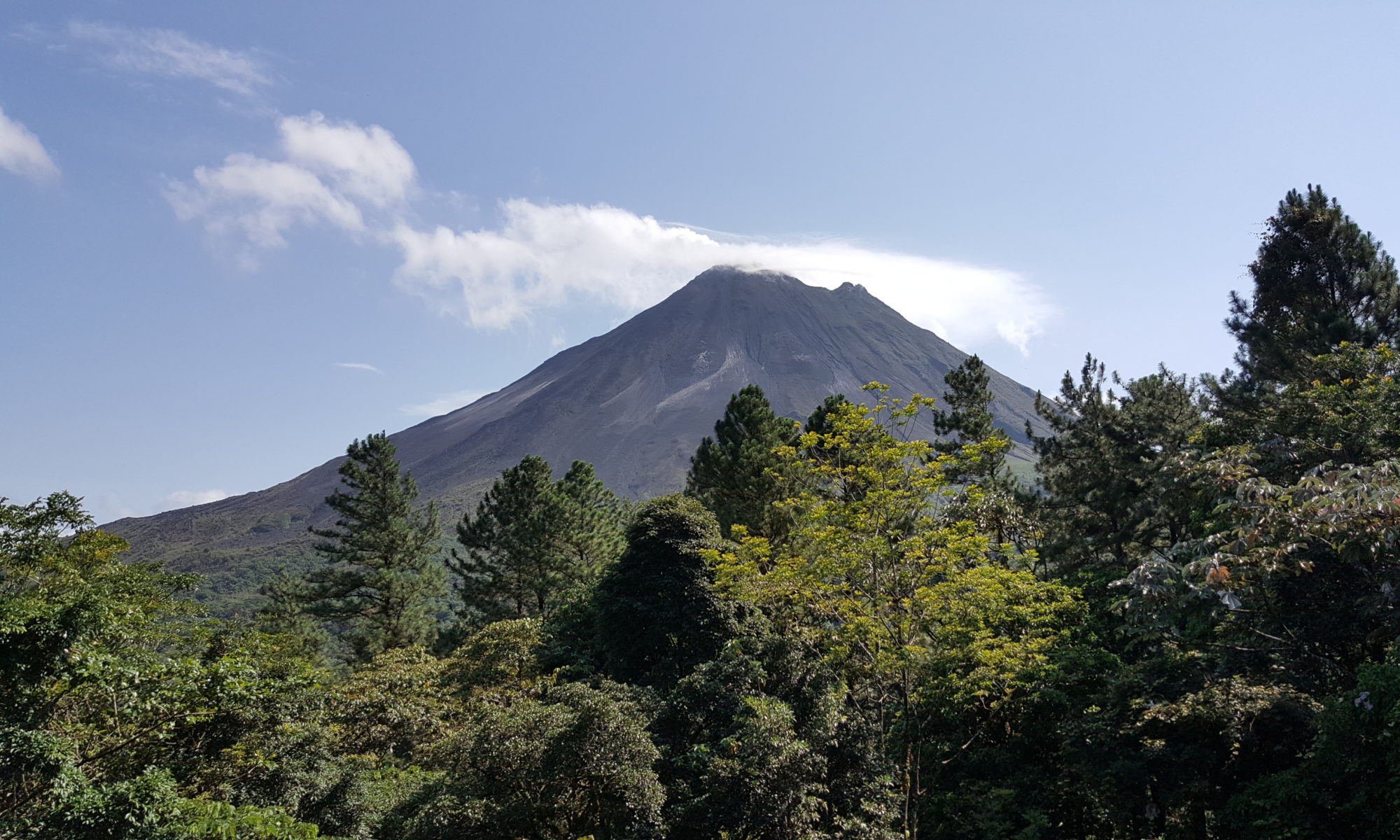 |
| “Greywater” in an Atenas Stream near downtown. |
 |
| Soap Suds into the Drainage Ditch by our road. This runs into the Rio Cajon, though some goes into the ground. |
This explanation from letsgogreen.com:
Greywater is any household wastewater with the exception of wastewater from toilets, which is known as blackwater. Typically, 50-80% of household wastewater is greywater from kitchen sinks, dishwashers, bathroom sinks, tubs and showers. Of course, if you use a composting toilet, 100% of your household wastewater is greywater.
Freshly generated greywater is not as nasty as blackwater, but if it’s not handled properly it can soon become so. Greywater decomposes at a much faster rate than blackwater and if stored for as little as 24 hours, the bacteria in it use up all the oxygen and the greywater becomes anaerobic and turns septic. After this point it is more like blackwater – stinky and a health hazard. In fact, many jurisdictions have strict regulations about disposal of greywater, some even require it to be treated as blackwater.
Not all greywater is equally “grey”. Kitchen sink water laden with food solids and laundry water that has been used to wash diapers are more heavily contaminated than greywater from showers and bathroom sinks. Although greywater from these sources contains less pathogens than blackwater, many regulatory bodies consider it as blackwater.
The safest way to handle greywater is to introduce it directly to the biologically active topsoil layer, where soil bacteria can quickly break it down, rendering the nutrients available to plants. This biological water purification is much more effective than any engineered treatment, thus protecting the quality of groundwater and surface waters.
For more information, please visit his website www.oasisdesign.net
In brief greywater branched out into the ground can be good and earth is the best filter, which is what we are doing in the apartments. But pouring it into the streets and streams as people are doing in town is not healthy. Again, education is the best solution!




